.

Ex Hull bus and Dudley Castle. WMPTE Dudley garage 1144 leaves Dudley bus station in 1976: image by Walsall1955, 30 September 2009
Around the gaudy roundabout we go.
Dudley Castle does its old joke again
and above the town
the brown horse tumbles up,
so gauche, with a belly full
of helium
toward the clouded over Sun.
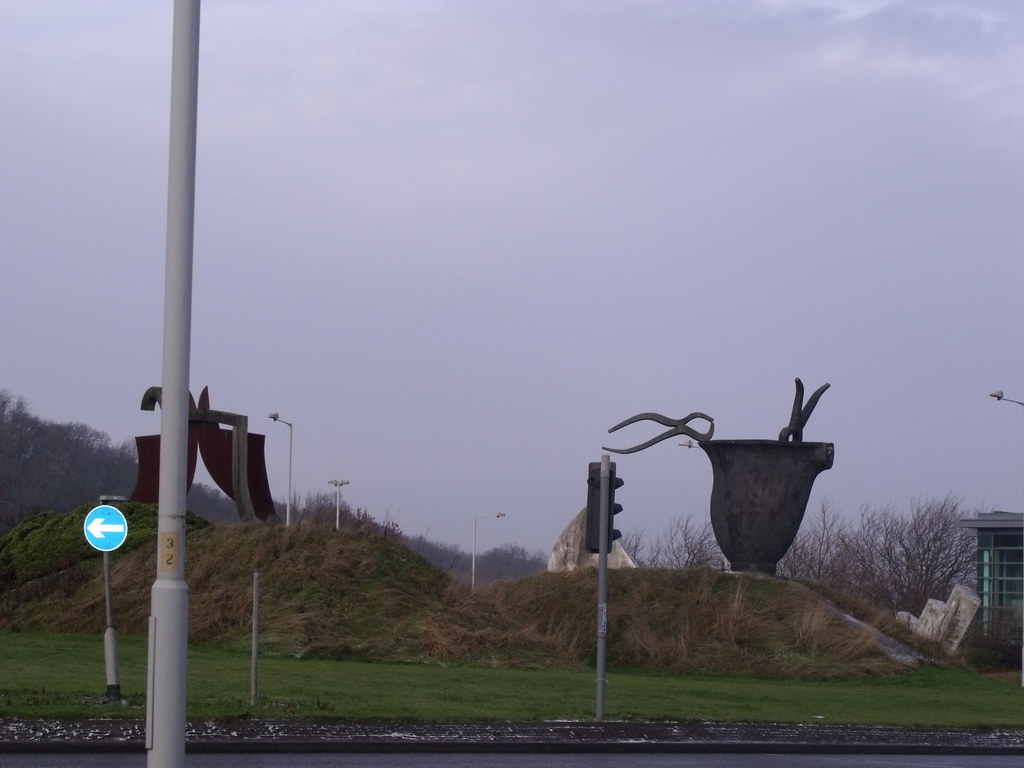
The Mediaeval Plough and Bronze Crucible. Roundabout sculptures designed by Andrew Burton on the A461, linking the Dudley Southern Pass, Birmingham Road, Castle Hill and Tipton Road. The island is called Castle Gate Island. There are seven sculptures on huge earthworks, made in bronze, wood, ceramic, reclaimed brick, concrete and corten-steel: photo by Elliott Brown, 4 January 2011

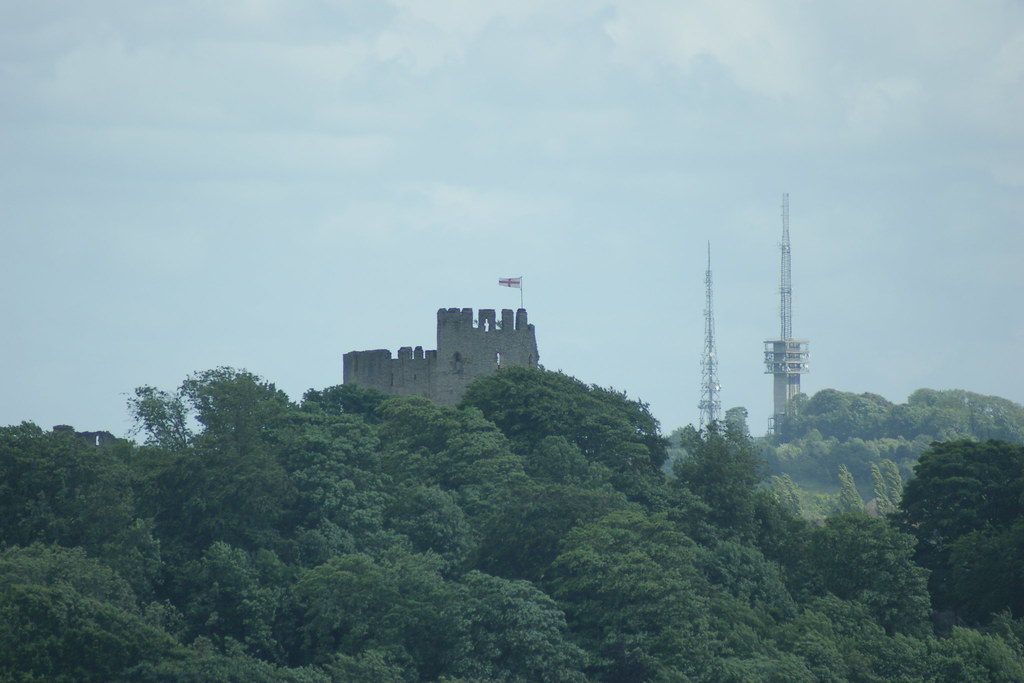
Dudley Castle from Murchison's View, Wren's Nest National Nature Reserve, Dudley, West Midlands: photo by Tim Ellis, 22 June 2008

Dudley Castle: photo by Keith Leatham, 26 june 2011
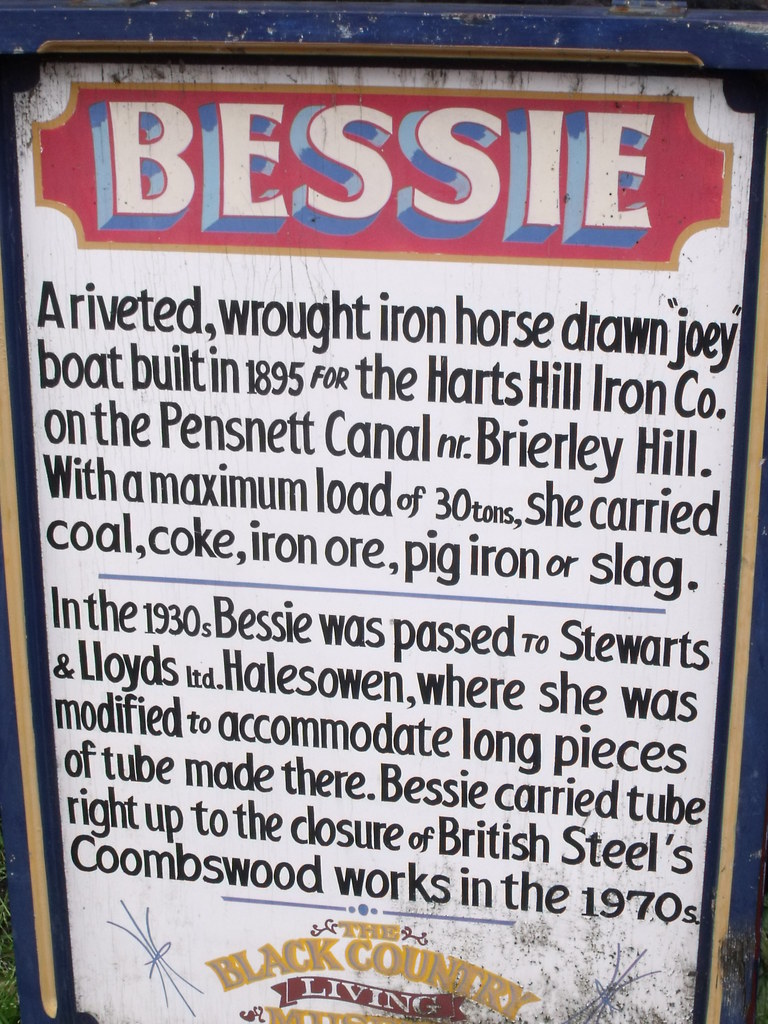
Sign: Bessie, or No. 18 Bessie. A riveted, wrought iron horse drawn "joey" boat built in 1895 for the Harts Hill Iron Co on the Pensnett Canal near Brierley Hill. With a maximum load of 30 tons, she carried coal, coke, iron ore, pig iron or slag. Canal Arm off the Dudley Canal at the Black Country Living Museum, off Tipton Road in Dudley, West Midlands: photo by Elliott Brown, 14 August 2011
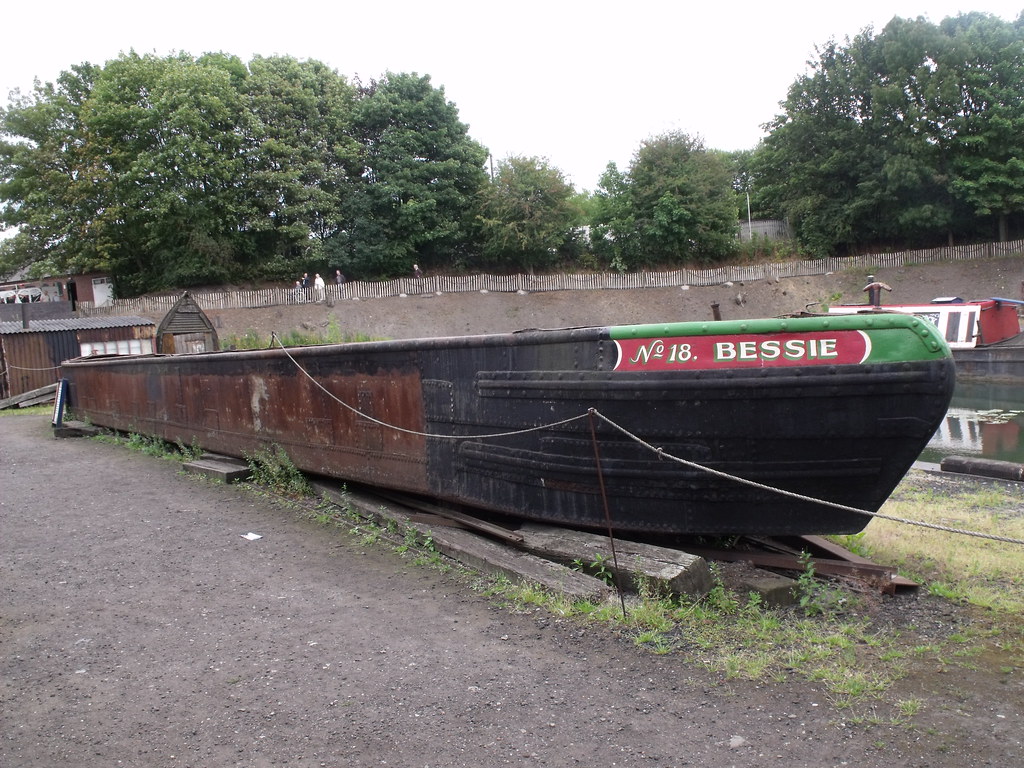
Dudley Castle does its old joke again
and above the town
the brown horse tumbles up,
so gauche, with a belly full
of helium
toward the clouded over Sun.

The Mediaeval Plough and Bronze Crucible. Roundabout sculptures designed by Andrew Burton on the A461, linking the Dudley Southern Pass, Birmingham Road, Castle Hill and Tipton Road. The island is called Castle Gate Island. There are seven sculptures on huge earthworks, made in bronze, wood, ceramic, reclaimed brick, concrete and corten-steel: photo by Elliott Brown, 4 January 2011

View
from a distance of Dudley Castle. Dudley Castle is a ruined castle in
the town of Dudley, West Midlands. Dudley Zoo is located in its grounds.
The location, Castle
Hill, is an outcrop of Wenlock Group limestone that was extensively
quarried during the Industrial Revolution, and which now along with
Wren's Nest Hill is a Scheduled Ancient Monument as the best surviving
remains of the limestone industry in Dudley. One of the main reasons for
coming to Dudley was to take shots of
Dudley Castle. Now with my current camera, I can be far away from it,
and zoom in. These views are from or around Castle Gate Island. You can
see it on the bus into Dudley, so I walked around the island
trying to see what views I could get of it: photo by Elliott Brown, 4 January 2011

Dudley Castle from Murchison's View, Wren's Nest National Nature Reserve, Dudley, West Midlands: photo by Tim Ellis, 22 June 2008

Dudley Castle: photo by Keith Leatham, 26 june 2011

Sign: Bessie, or No. 18 Bessie. A riveted, wrought iron horse drawn "joey" boat built in 1895 for the Harts Hill Iron Co on the Pensnett Canal near Brierley Hill. With a maximum load of 30 tons, she carried coal, coke, iron ore, pig iron or slag. Canal Arm off the Dudley Canal at the Black Country Living Museum, off Tipton Road in Dudley, West Midlands: photo by Elliott Brown, 14 August 2011

No.
18 Bessie. Castle Fields Boat Docks, Canal Arm off the Dudley Canal at
the Black Country Living Museum, off Tipton Road in Dudley. The
thousands of boats that used to work the Black Country canals all
needed constant maintenance. In this area there were many working boat
yards, or docks, like this
one, where boats were built and repaired. They were busy, cluttered
places not unlike a modern scrap yard as it was common practise to
break wooden boats, salvaging the ironwork. Castlefields boat dock is
typical of the many on the Black Country
canal system of the period and is equipped to build new working craft
and to repair those of iron or composite construction. The dock can
accommodate three boats, drawn sideways out of the water by winches
onto the slip. This is Bessie, or No. 18 Bessie, a riveted, wrought iron
horse drawn "joey" boat built in
1895 for the Harts Hill Iron Co on the Pensnett Canal near Brierley
Hill. With a maximum load of 30 tons, she carried coal, coke, iron
ore, pig iron or slag: photo by Elliott Brown, 14 August 2011

View toward town from Wren's Nest National Nature Reserve, Dudley, West Midlands: panoramic photo by Tim Ellis, 22 June 2008
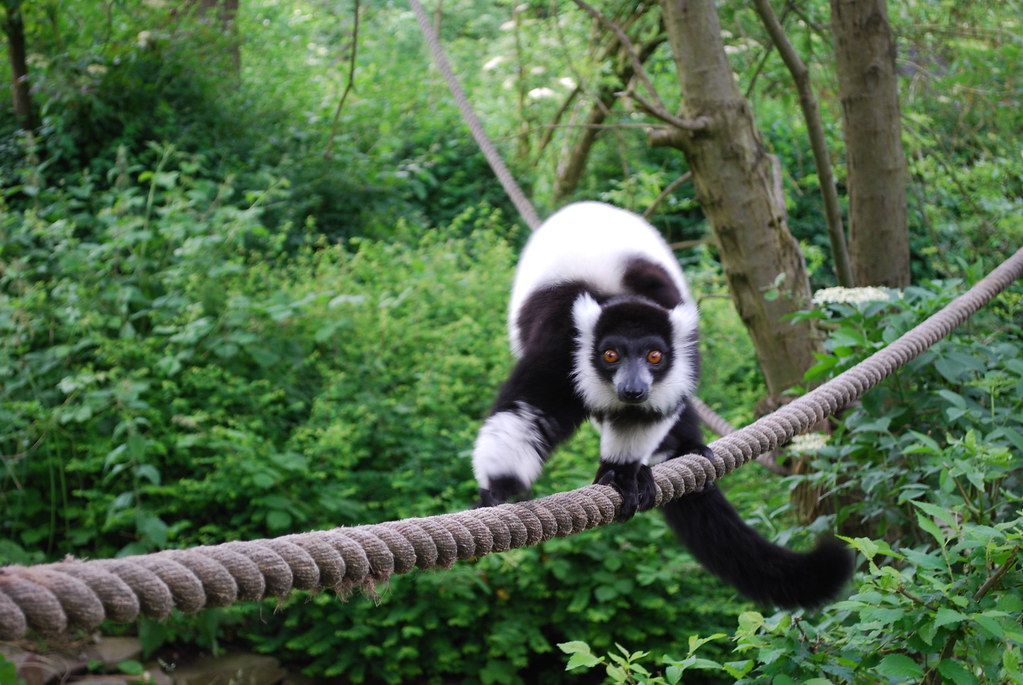
Lemur, Dudley Castle and Zoological Gardens, West Midlands: photo by Lucy Stephenson, 15 June 2009
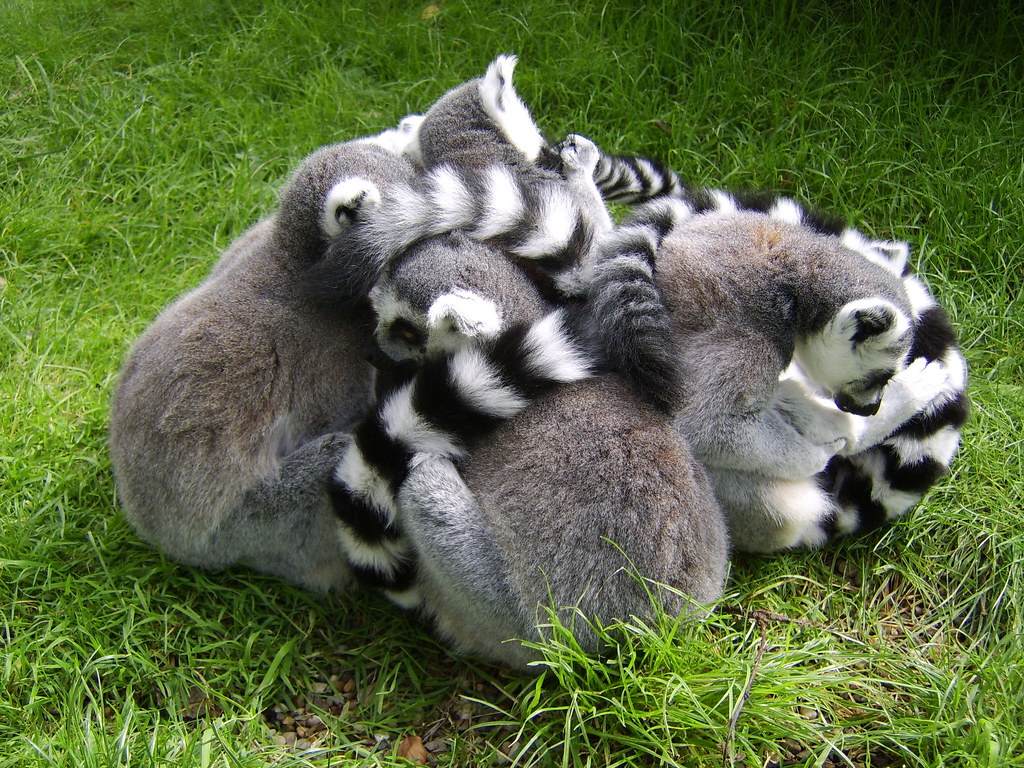
Group hug. Lemurs at Dudley Castle and Zoological Gardens, West Midlands: photo by Ian Layzell, 18 July 2007
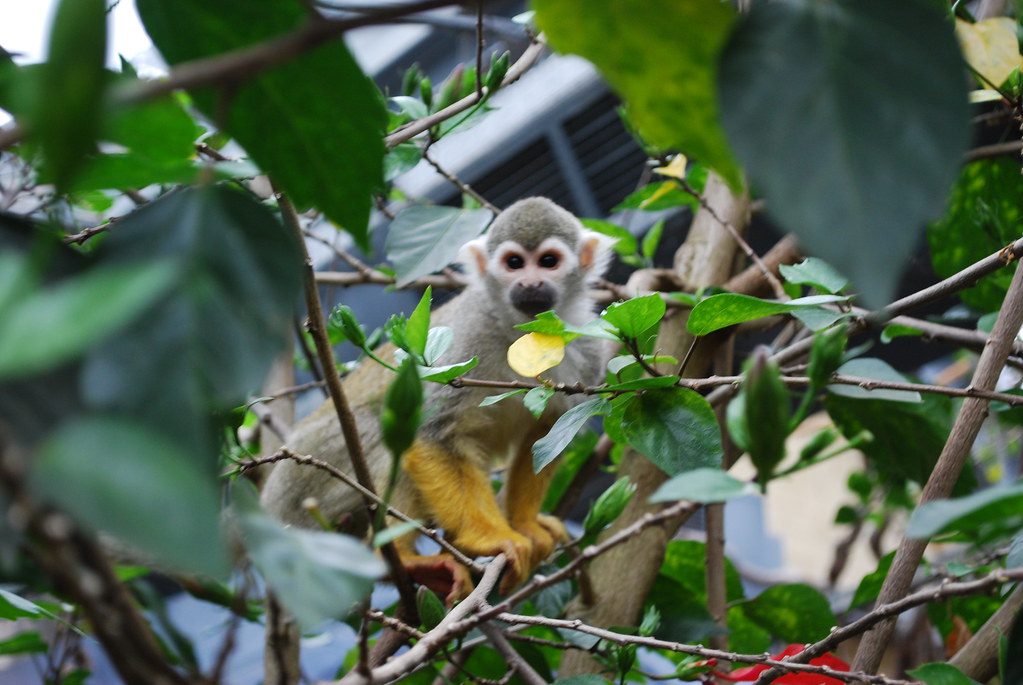
Monkey, Dudley Castle and Zoological Gardens, West Midlands: photo by Lucy Stephenson, 15 June 2009

Toucan, Dudley Castle and Zoological Gardens, West Midlands: photo by Anna Bulka, 12 September 2009
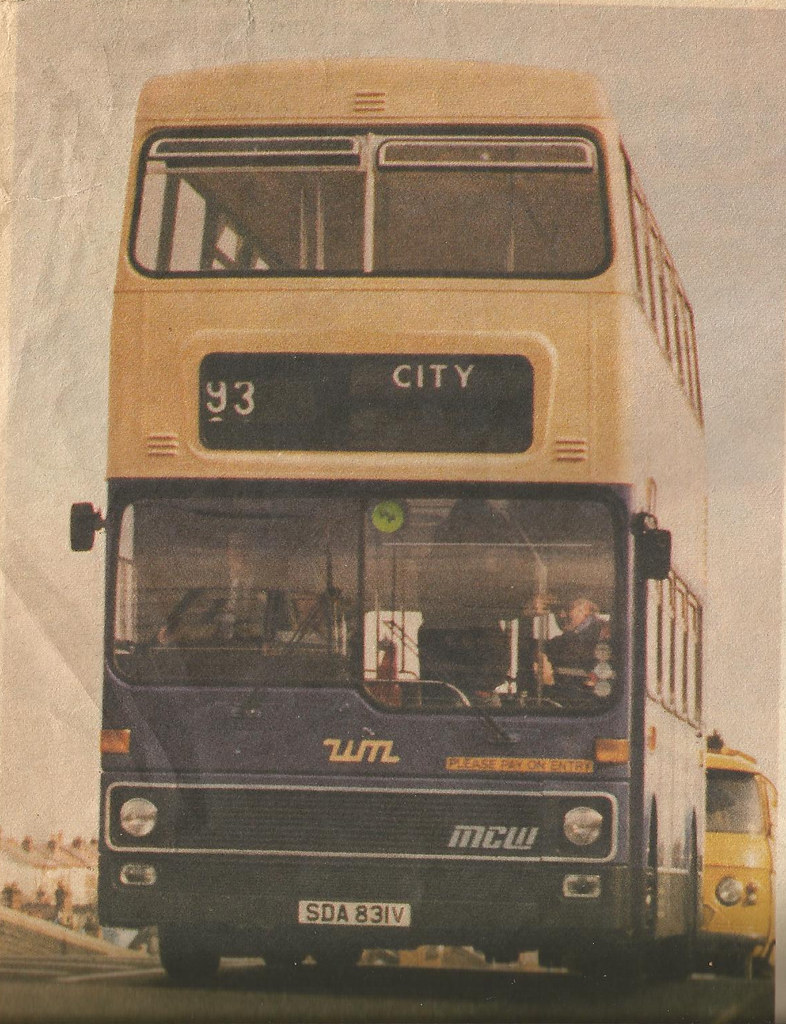
WM Metrobus 6831, Saltley Viaduct, Birmingham, 5 July 1980: photographer unknown, image by GarethJones79, n.d.
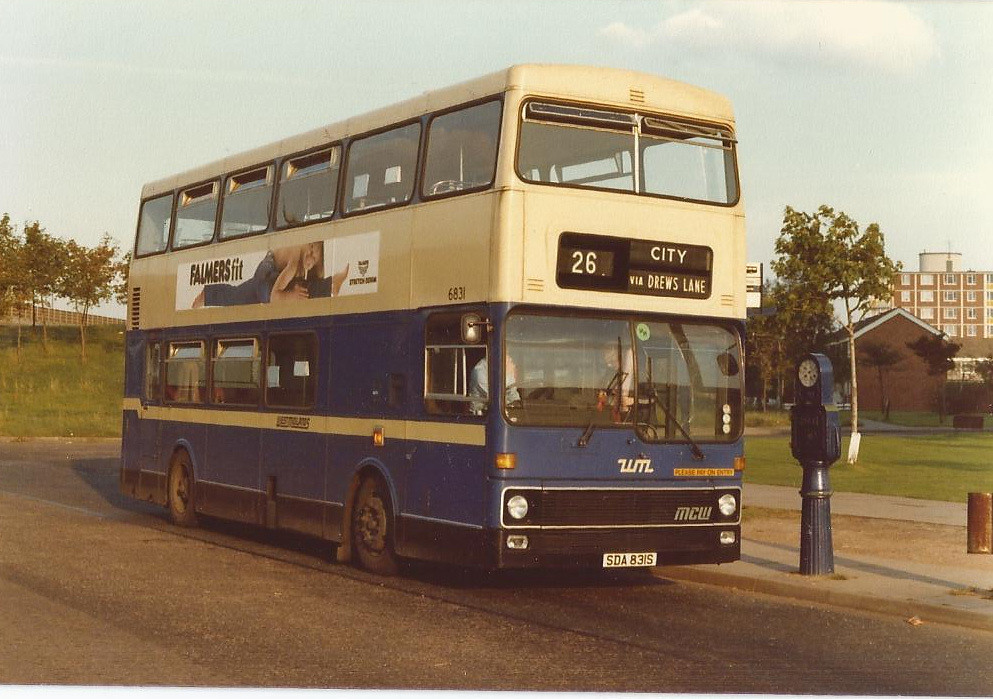
West Midlands Metrobus 6831 at Bromford Bridge, Birmingham, September 1980. WMPTE's first Metrobus 6831 gets ready to head back to the City Centre Via Drews Lane and Alum Rock: photographer unknown, image by GarethJones79

Olympic Flame takes flight Inside Eden Project's helium balloon, in Rainforest Biome, Cornwall, beginning its ten-week relay across Britain, 19 May 2012: photo via lucy-fulford
Wooden Boy: Bus Notes 11, from The Little Wooden Boy, 21 July 2012
("The Bus Note just published was written while the traffic slowed to a stop to make way for the Torch a few weeks ago. I didn't want to make any mention of it.")
("The Bus Note just published was written while the traffic slowed to a stop to make way for the Torch a few weeks ago. I didn't want to make any mention of it.")



16 comments:
We were traveling all week (exhausting but good travels) and I thought I was back at home and finished with all that, but now I'm traveling again here. This is perfect Sunday fare. Curtis
Dudley castle and zoo. My dad used to take me there frequently as a child. Once again, you're in my childhood neck-of-the-woods, Tom.
The terrifyingly rusty and creaky old chair lift - that was literally a rusting steel chair on a wire - that would transport you up the hill about 100ft above the tree-tops. Health and safety laws would no longer allow such a contraption these days.
Dudley. Horrible, horrible place. With high unemployment, crumbling housing estates and social deprivation.
Curtis,
Good to hear from you, and the woods do sound good, far from Theaters 1, 8 and 9 of the Metroplex.
Ray,
We had been awaiting your honoured presence, and the roundabout sculpture looks fine too.
Though it sounds as though the circling traffic would have had to come to a halt for the passing of the Torch. If I read this one from a proper Olympian point of view.
(Curtis, do excuse the brain damage, I gather you are not in the woods; nor I out of them, apparently, yet.)
The woods were great. I'm back in the tall grass now.. Curtis
Tom,
Lemurs & toucans below hand-built limestone walls -- what's the history of Dudley Castle, I wonder.
7.22
grey whiteness of fog against invisible
ridge, song sparrow calling from branch
in foreground, wave sounding in channel
brings about work, the hand
forth out of the word
position of one, not to see,
to say if that’s what
silver of low sun reflected in channel,
cormorant flapping across toward point
Ray, you're right about Dudley. The town is dying on its feet. I haven't been to the Zoo and Castle for years, myself. The Castle still looks grand, even from the muggy confines of a bus
Thank you for finding all those great images, TC.
WB,
We thought the Lemur Group Hug to be right up there with the Newcomen Steam Engine in counting the wonders of Dudley.
About the images, as this poem curiously sounded like what it seemed it might feel like to be a helium balloon, it was that mysterious clue which drove the picture searches all the way back finally to an aerialized hot-air Olympianism that's doubtless a Welsh lionish level of stabbing in the dark; yet nowhere could i find the brown horse balloon. (It seems they won't let photobugs nor anyone else in ye ancient pile these days, doubtless the liability worry.)
Steve, To respond to your (understandable) wonderment, a few bits from the Dudley wiki:
"Dudley has a history dating back to Anglo-Saxon times, its name deriving from the Old English 'Duddan Leah' (meaning Dudda's clearing) and one of its churches being named in honour of the Anglo-Saxon King and Saint, Edmund. Dudley Castle has stood on a hill overlooking the town since the time of the Norman conquest, and is mentioned in the Domesday Book. The present castle building dates from the 13th century, and provided the centre around which the town grew. Dating from the 12th century are the ruins of St. James Priory, set within the Priory Park.
"Dudley was a major market town during the Middle Ages, selling not only agricultural produce but also iron goods at a national level. Working iron and mining for coal was in practice as early as the 13th century, and by the 18th century the town had become a significant industrial hub.
"During the English Civil War Dudley served as a Royalist stronghold, with the castle besieged by the Parliamentarians and later partly demolished on the orders of the Government after the Royalist surrender.
(et seq.)
"The town's population grew dramatically during the 18th and 19th centuries because of the increase in industry , and it became a central part of the Black Country. The main industries in Dudley included coal and limestone mining. Other industries included iron, steel, engineering, metallurgy, glass cutting, textiles and leatherworking. Of historical significance, the first Newcomen steam engine was installed at the Conygree coalworks a mile east of Dudley Castle in 1712
"During this time living conditions were incredibly poor, with Dudley being named 'the most unhealthy place in the country', which led to the installation of clean water supplies and sewage systems, and later the extensive development of council housing during the early 20th century to relocate the occupants of local slum housing.
"In World War II, Dudley was bombed on several occasions, with a number of fatalities, though nowhere near as severely as its near neighbour Birmingham.
"The town centre was developed substantially in the early 20th century, with the construction of many entertainment venues including a theatre and cinemas, with two indoor shopping centres being added later in the century. In more recent years, however, the declining industry in the area has given rise to high unemployment, resulting in the closure of many town businesses. The development of the nearby Merry Hill Shopping Centre between 1985 and 1990 also saw the loss of most of the town centre's leading name stores, which relocated to take advantage of the tax incentives offered by Merry Hill's status as an Enterprise Zone.
Vacant building of former Hippodrome Theatre in Dudley, May 2011
"In more recent years the town has declined further still, with the resulting in even more of the retail units in the town centre becoming vacant. The Woolworths store on Market Place closed in December 2008 when the company went bankrupt, and Beatties closed its store - the last department store in the town - in January 2010, after more than 40 years due to falling trade."
(Not forgetting the joey boat -- oddly Lemurian in its way -- in the reckoning of Dudleyan wonders. But the great bleak empty Hippodrome -- I thought, Detroit. Cities of dying and dead industries have that sadness about them, a kind of aura radiating the ghostly presence of that other contemporary urban wonderment: where has all the money gone?)
The contraptions purposeful
and windows rimmed
long ago salvaged
trees growing freely
spongy ground
all around
the old fort
where we looked
for animals
others that are
part of the kingdom
ignoring the loose
balloons
that mean Sunday
relaxation
to the kiddies
waiting
..."does its old joke again" says so much about the speaker who is immersed in looking or going around the roundabout. Which way is Dudley Castle? Didn't it disappear yet? How does it suddenly appear closer? I wonder if the shadows in the windows of Dudley Castle are coal densities to be mined in the future. The balloon is extremely distracting, making this another mark of a Wooden Boy poem--which way should we look? Love it messing with my reading expectations. I know the mundane but something else is made of it. Thanks so much. I can survive anything once off the bus. Hypnotic. My mind borrowed/lent or floating away.
Yes, one trusts that for Wooden Boy there is backstory hidden in the vertiginous double-decker circuiting of the roundabout and the impenetrable flaking-limestone corridors of the Castle.
One does love a bit of mystery.
But it must be admitted the mystery of that brilliant yet damned elusive Dudley brown-horse balloon has haunted these nights and days, all through an entire livelong nothing weekend. And driven one finally, in the wee impoverished hours at the end of it all, to direct one's humble prayers upward unto the cobwebbed Dark Lords of the Cracked Plaster, in quest of a few innocent-seeming Sunday Simplicities.
Relatively innocent-seeming, in any case.
Along with but perhaps independent of the praying there has also come the giddy aerating of what remains of the mind by the ineffable ascent of the mystery hot air balloon into the slinky-smooth memory aether of The Fifth Dimension.
All this free entertainment, and a Lemur Group Hug thrown in at no extra cost. You'll have to search long and far to find that kind of bargain at any other Olympian venue.
In short, Dudley now feels like a home far, far away from home. There remains nonetheless the hope to relax before much longer from these arduous post industrial labours, pull the hull of the joey boat No.18 Bessie (horse drawn you will have noted, the horse likely rust-brown at that, though perhaps a bit large to fit inside a helium balloon) down over the benighted and bloodied crown, and drift off into dreams of the sadly lost Welsh Lion that has somehow snuck or slunk into the Dudley roundabout sculpture garden.
(Lost it may be, but hardly apologetic.)
The lion is not sorry
for roaring
in the place
of the bear
on top of the mound
where the kings
the queens
rest as bones
so obviously
A perfect Bus Note. I read it as such, a note passed by the poet/ fellow passenger on the bus to be sung as read.
Post a Comment